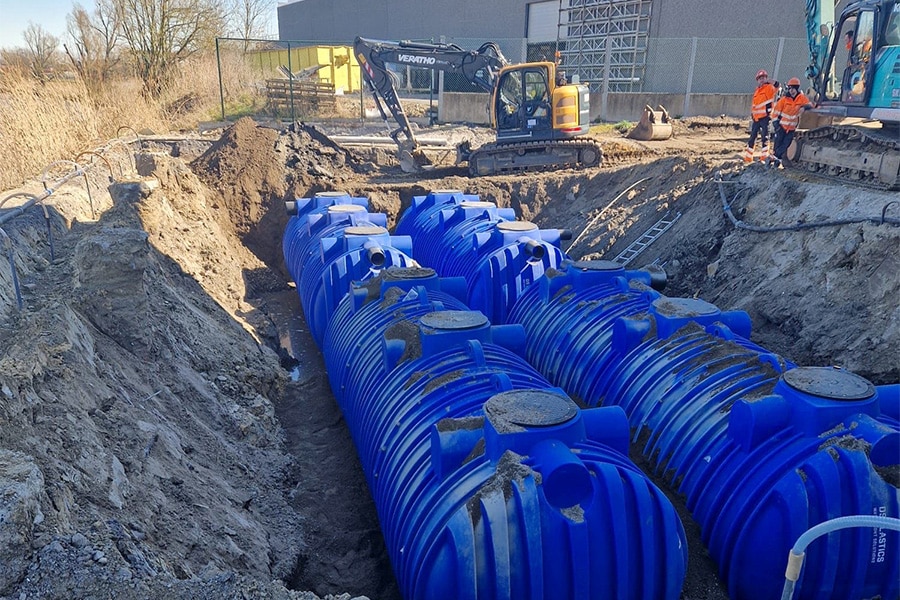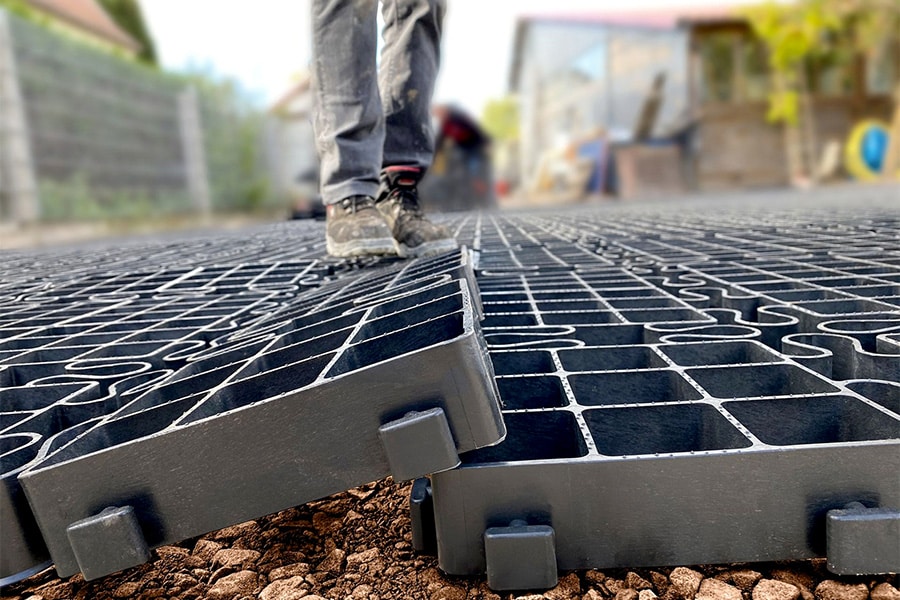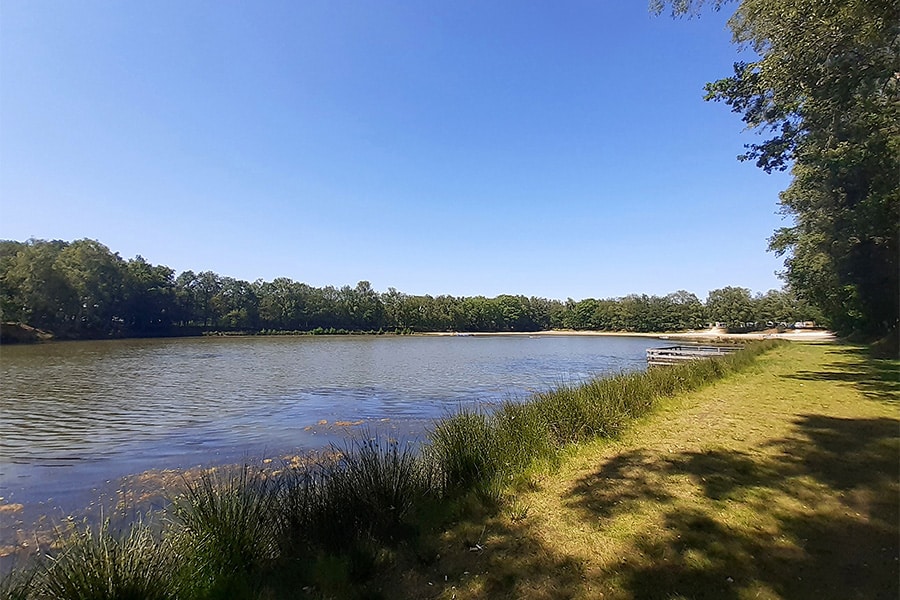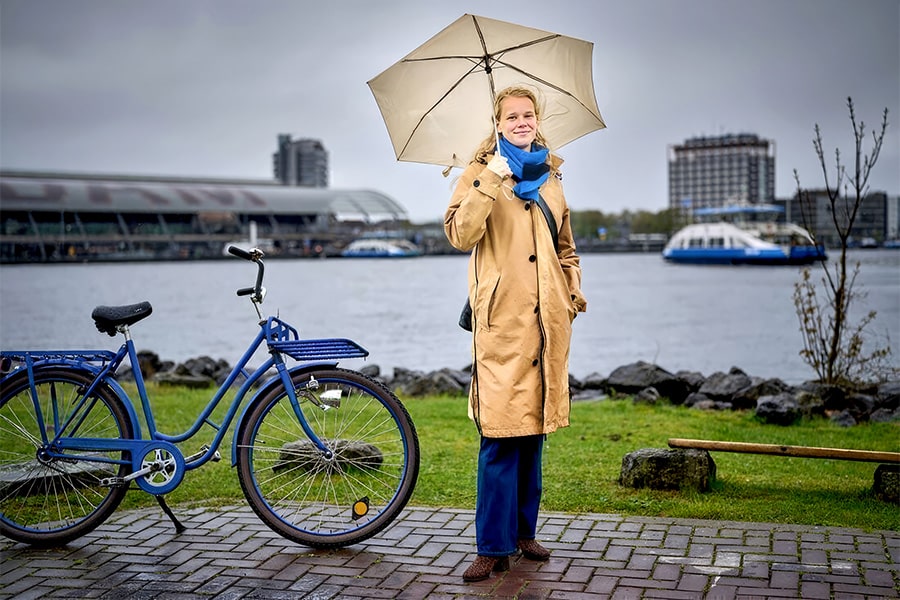
Sustainable marking solutions for roads
One noticeable change that is also playing out in road markings is the importance of durability and sustainability. A very sustainable road marking variant, which fits this very well, is cold plastics.

Cold plastics vs. Thermoplastics
A major advantage of cold plastics is that they are more wear-resistant and durable than thermoplastics. Moreover, as the name suggests, cold plastics are applied cold and heating is not necessary. In this way, unnecessary CO2 emissions are avoided. Also, cold plastics (unlike thermoplastic markings) are suitable to be recycled as granules. Thermoplastic markings must be milled off the road at the end of their service life and then disposed of as construction waste. On the circularity ladder, cold plastic is definitely an outlier!

Sustainability and circular building
With circularity and sustainability in mind, Triflex's expansion with 1.5mm and 2.0mm layer thicknesses also offers a huge advantage. With a choice for a more wear-resistant cold plastics, it is in many cases a good consideration to opt for applying a layer thickness of 2.0 mm or even 1.5 mm instead of the "standard" 3.0 mm layer thickness. Because a thinner layer thickness logically uses less material, this makes considerable strides in the pursuit of sustainability and circular construction.
An additional advantage with continuous lines and limited layer thickness is that the water gutters then also cause less noise pollution. Formally, with a layer thickness of 1.5 mm, there is no more water guttering and therefore no more possible noise pollution!
With a wide range of road marking systems, Triflex is fully in tune with current events and thus excellently prepared for the future. Needless to say, it doesn't stop here. We remain (as an innovative company) focused on new developments!
Curious about the possibilities or do you have another question? Then contact us without obligation on +31 (0)38 460 20 50 or mail to info@triflex.nl. We are happy to help you.



